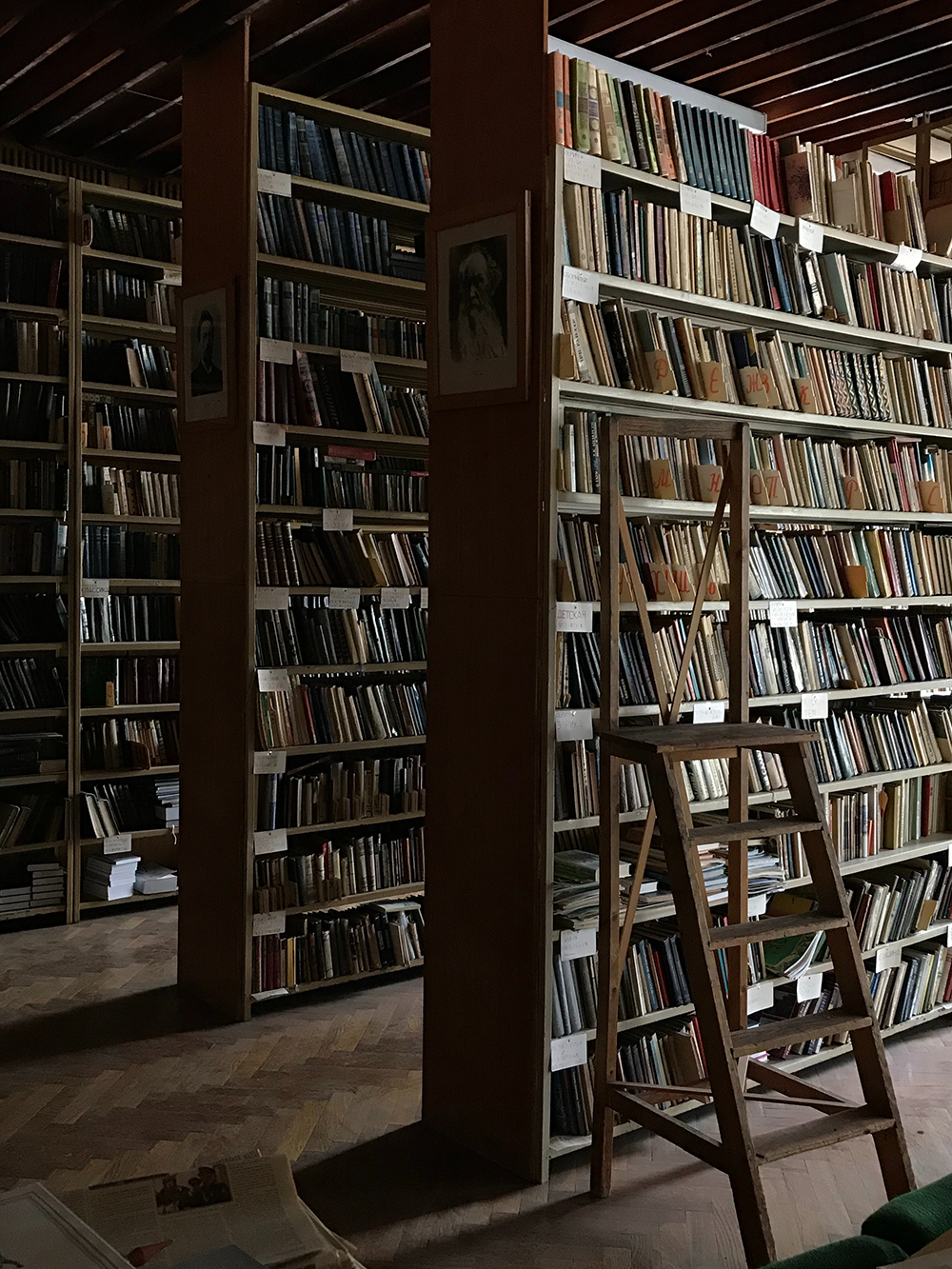One of the most carefully considered decisions in the early stages of the publishing process is how to classify and categorize a book. These decisions are often the cornerstone of how a book finds its way home to readers who will most appreciate it. It’s a delicate balance between enticing readers to pick up just the book they’ve been waiting for, and gently signaling what readerships might not enjoy the book so that readers don’t end up feeling tricked into purchasing something that isn’t what they wanted. Many distributors allow bookstores to return unsold or returned books within a certain period of time, so it’s not enough to just get your book off the shelf; publishers strive to give each book the absolute best chance it has of finding its forever home.
For publishers in the United States, this often begins with Book Industry Standards And Communication (BISAC) codes. BISAC codes are part of an “industry-approved list of subject descriptors, each of which is represented by a nine-character alphanumeric code. . . The headings can be used for transmitting information between trading partners, as search terms in bibliographic databases, as access points for database searching and as shelving guide.” The BISAC codes subject list is overseen by the Book Industry Study Group (BISG), a committee of dedicated industry professionals who discuss and update the BISAC codes yearly. You can check out the Book Industry Study Group website to learn more.
In their guide for choosing BISAC codes, BISG encourages authors and publishers to be as specific as possible and to steer away from general codes like fiction or mystery because these categories are so broad that they’re giving trade professionals and readers virtually no tangible information about a book. If you’re into crime thrillers and you pick up a book labeled mystery that turns out to be a cozy mystery about a pun-loving cat solving crimes, you’re probably going to be disappointed.
No matter how specific you get with your BISAC codes, however, you can’t control what individual retailers or libraries are going to do with your codes. Believe it or not, this actually may work out in the author and publisher’s favor. A librarian or bookseller (especially in smaller communities and at independent bookstores) typically has a deep understanding of how members of their community browse. Even choices about what to call certain sections can have an impact on sales. Shifts in community culture are often undetectable on a larger scale and influence decisions booksellers make as they observe changing attitudes. This flexibility often means that booksellers are on the forefront of changes in the way we classify things.
This is not to say that BISAC codes aren’t important. They’re the first step in more micro-level classification decisions and they’re the most accepted taxonomy for book classification in the United States right now. But BISAC codes can only do so much on their own, and they are more of a first step than a final say in classification. Publishers supplement BISAC codes with carefully chosen keywords for search engine optimization (SEO) and even readers help this process by tagging their digital libraries on sites like Goodreads, the StoryGraph, and LibraryThing. Thema, a newer and more internationally attuned classification system, is already making its appearance as an alternate option or an add-on to BISAC.
At Ooligan Press, BISAC codes are considered at every step of the process. The acquisitions managers typically suggest a few when they pitch the book, and then project teams brainstorm which ones fit best once the book is acquired. The marketing manager and operations publisher’s assistant offer feedback. The publisher and project manager bring the BISAC codes to the sales representatives, who also give feedback based on their wealth of experience in sales. This is especially valuable when Ooligan tries a new genre.
If you’re an author reading this post, you might be wondering what you can do with this information. While publishers often have the final say on what BISAC codes they choose for your book, having some familiarity with BISAC codes can help you understand their choices and make suggestions if you see a code that you think works better. You can also talk with your local librarians and booksellers about how they categorize books similar to yours and share this insight in your query letter when you pitch a manuscript or with your project manager if your book has already been acquired. If you’re self-publishing or you just want more information on BISAC codes, you have free access to the BISAC code list on BISG’s website. Finally, BISG does take suggestions! If you have an idea for a future BISAC code, you can submit your idea on their BISAC Subject Heading Suggestion Form.
Blog written by Dani Tellvik.

